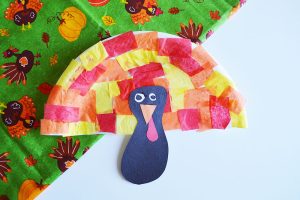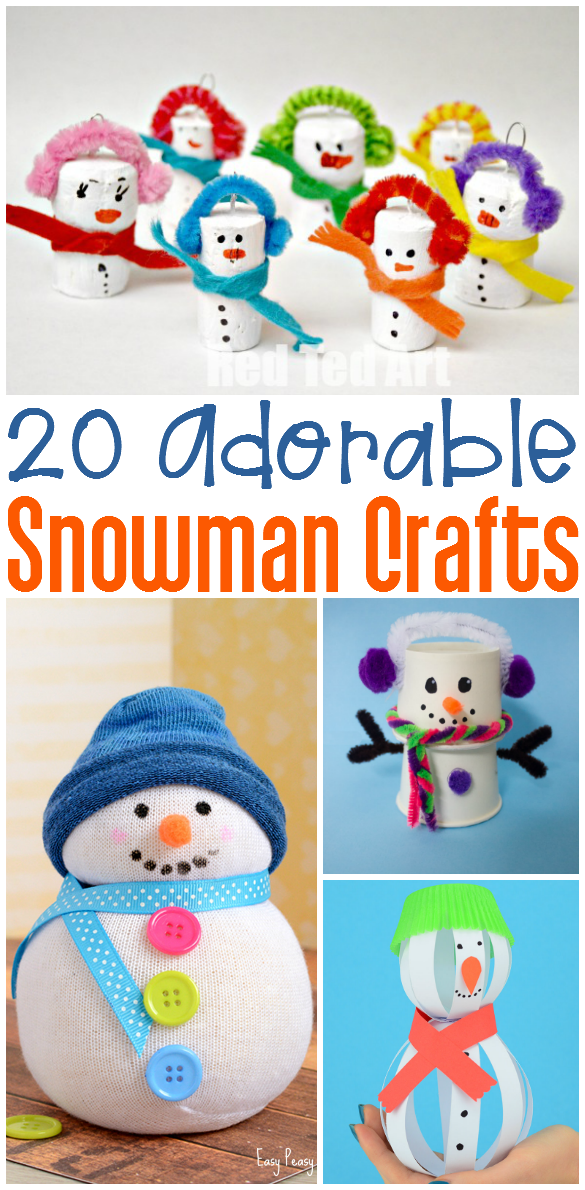
20 Snowman Crafts
Who wants to build a snowman? We do! This week we’ve rounded up some snowman crafts and activities. Each link contains a fun…
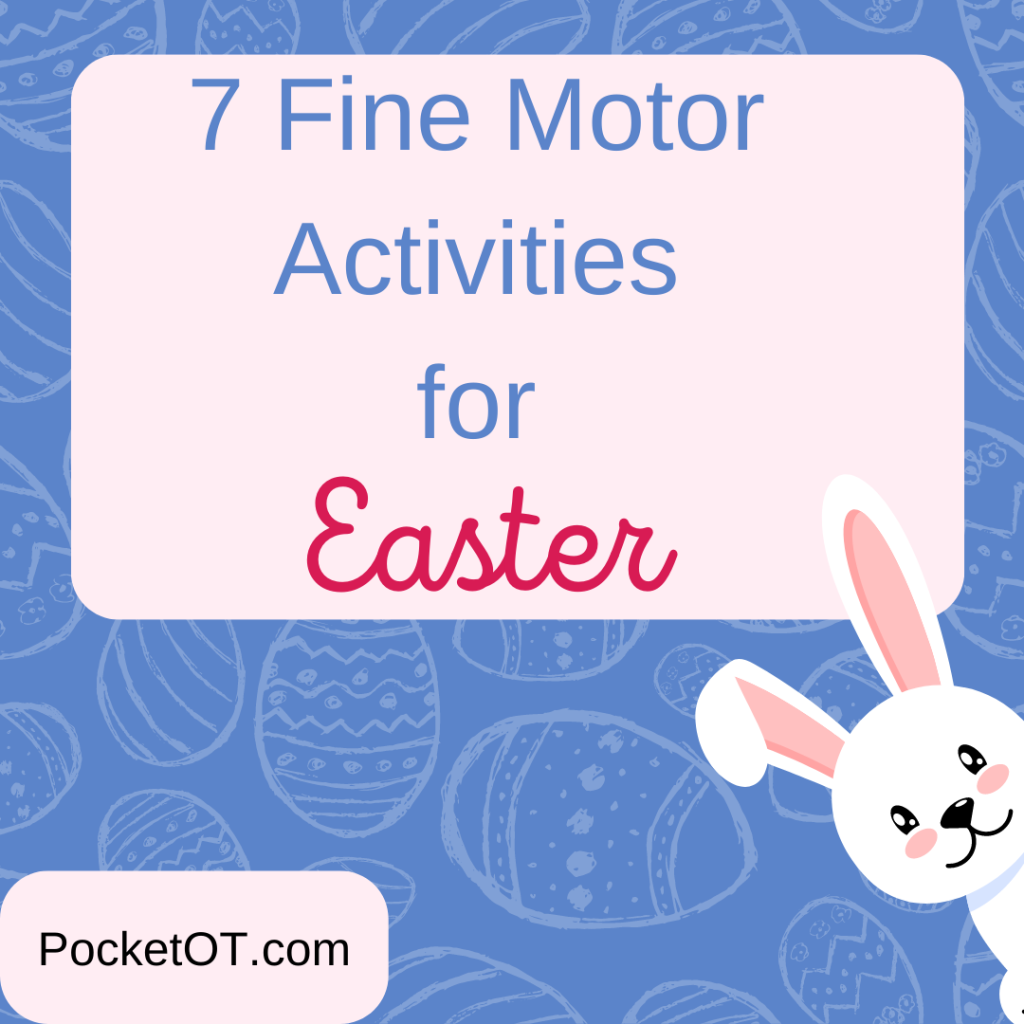
As I hopped down the aisles of the stores this Easter season, I found some egg-citing ideas for our kids who need extra work on fine motor coordination. As I filled my basket to the brim, I thought I’d share some ideas for your little bunnies.
1) Cut small squares of colorful tissue paper. Encourage children to roll them into small balls. Glue the balls into patterns on a construction paper egg to make fun creations. You can trace and cut a paper chick out and use yellow tissue paper balls to make the chick’s downy fur. Cotton balls can be glued to a rabbit picture. Just find a pattern for any Easter-themed item and cut it out of construction paper….the ideas are limitless and your child’s fingers will get a fun workout without her even realizing it! PS: It’s great if kids get messy with the glue, it adds a sensory component to the task.
2) Use Easter or spring-themed stickers to make a scene for your Easter party. Make a sign out of the stickers and poster board to welcome the Easter bunny and your family to the Easter meal. Make paper grass by cutting small strips of construction paper and gluing them to the sign or laying them into a basket as a filler. All GREAT fine motor coordination boosters.
3) Grab a pack of Easter eggs and place small items into the eggs. Ask kids to shake the eggs to identify what might be inside. Then, mix up the colors and encourage younger kids to put the eggs back together with matching tops and bottoms. Write an uppercase letter on the top of the egg and the same letter in lowercase on the bottom half. Make a game to see if children can match the uppercase letter with the same letter in lowercase. This activity works on both fine motor and visual/perceptual skills!
4) Wikki Sticks are the coolest inventions! They come in so many colors and can be bent by little hands into any shape you can imagine. They can be combined to make colorful creations. Make 3-D Easter eggs by bending and shaping the Wikkis into an egg shape (in the picture below, the kids made a cool dinosaur) and then press other sticks onto the egg as decorations. FUN!
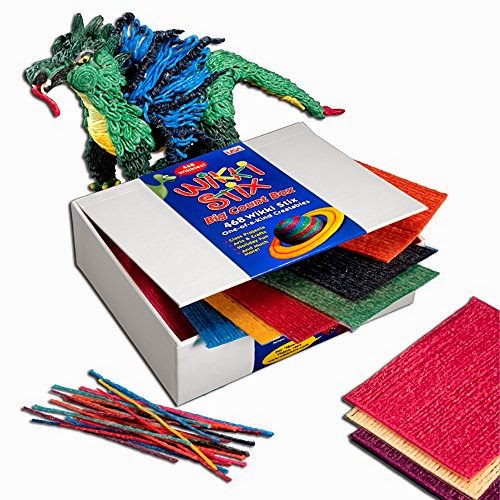 |
| Wikki Stick collection with activity book from Amazon. |
5) Pipe cleaners can be formed to hold items such as candy. It’s fun to see if you can make different Easter-themed shapes together out of colored pipe cleaners. They are a great option if your kids can’t tolerate the stickiness of the Wikki sticks. For an extra challenge, decorate a tall Pringles can in Easter colors and cut small slits in the lid. Kids can work to place the pipe cleaners into the slits on the lid. This is a great fine motor activity!
6) You can wrap colorful crochet string around a balloon and then dip it into starch. Be sure to wrap it in all directions, leaving only small spaces to give it stability later on. When it’s dry, pop the balloon and you have a cool, egg-shaped design! The starch is messy and you’ll have to dip and roll the balloon covered with string until it’s saturated. Let dry in a pan (12-24 hours) and then after it’s dry, cut out an oval in the front and center. Fill with Easter grass and you have a cool basket shaped like an egg! This activity is fun but very messy. It may be great to do this craft together and not focus on how messy your child’s hands get.
7) Paper plates can be used for a bunny’s face and you can glue bunny ears onto the top! Use crayons or markers to decorate your bunny’s face. Use pieces of felt to glue on the eyes, nose, and mouth!
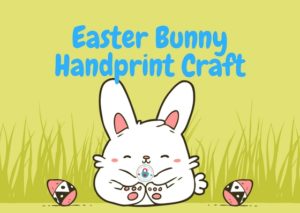 Here’s another fun Easter activity for your home or clinic.
Here’s another fun Easter activity for your home or clinic.
Have more ideas? Share with us….. HAPPY EASTER!!
Thanks for hopping over to the Pocket Occupational Therapist.



